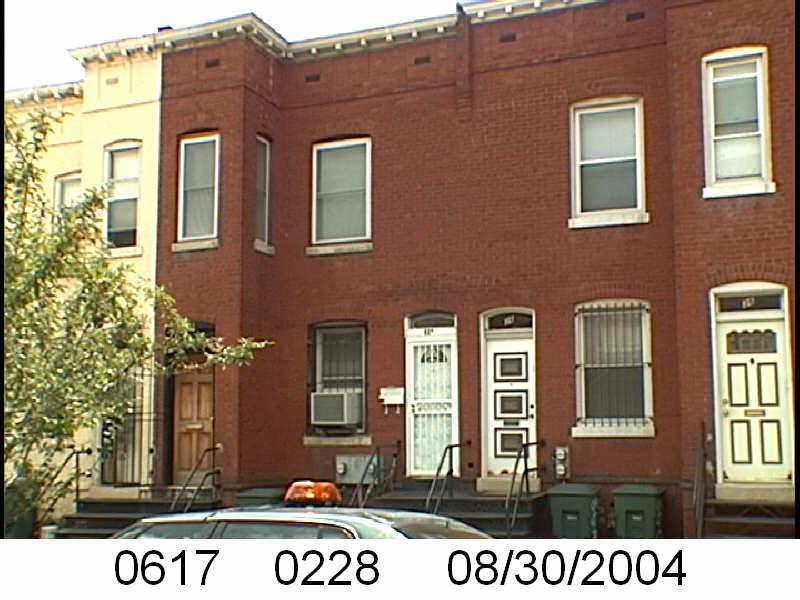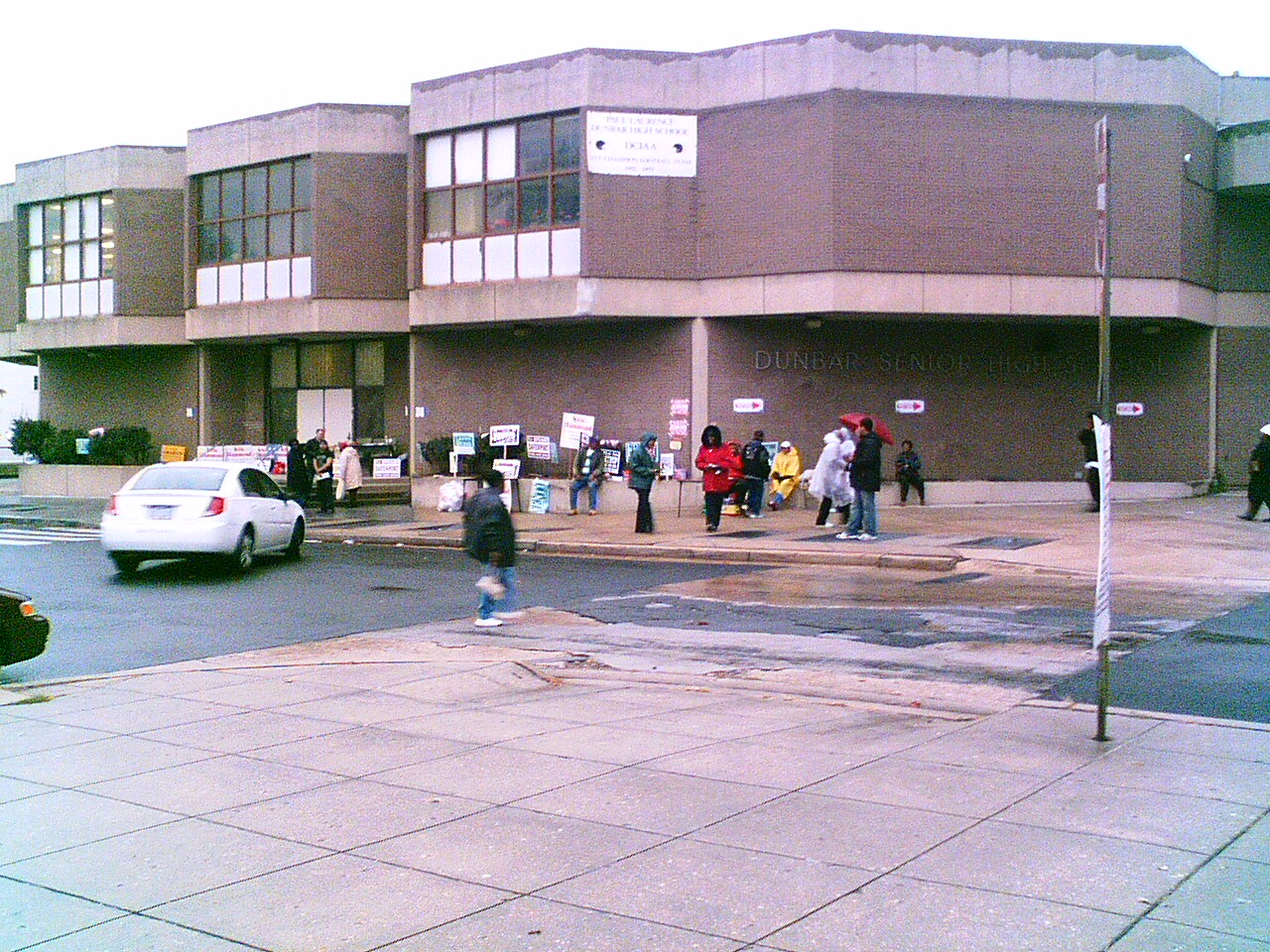The Washington Sanitary Improvement Company (WSIC) was a late 19th century charitable capitalism experiment that ended in the 1950s. This blog started looking at the homes that were supposed to be sold to African American home buyers, after decades of mainly renting to white tenants.
Looking at WSIC properties they tend to have a pattern where the properties were sold to a three business partners, Nathaniel J. Taube, Nathan Levin and James B. Evans as the Colonial Investment Co. for $3 million dollars. Those partners sold to African American buyers. There was usually a foreclosure. Then the property wound up in the hands of George Basiliko and or the DC Redevelopment Land Agency (RLA). Then there were the odd lucky ones who managed to avoid that fate.

Let’s see what happens with 34 O St NW:
- May 1951 Evans, Levin and Taube sold one-half of 34 O St NW to Pearle E. and Thelma L. Staggers.
- May 1951 the Staggers borrowed $3,125 from Colonial Investment Co. favorite trustees Abraham H. Levin and Robert G. Weightman.
- May 1951 Evans, Levin, and Taube sold the other half of 34 O St NW to Angie O. and Edward M. Smith.
- May 1951 the Smiths (not the band) borrowed $3,125 from trustees Abraham H. Levin and Robert G. Weightman.
- February 1953 the Staggers lost their half of the house to foreclosure. Evans, Levin and Taube regained ownership.
- April 1953 Evans, Levin and Taube resold the foreclosed half to George E. and his wife Willie Strother.
- April 1953 the Strothers borrowed $3,797.55 from trustees Abraham H. Levin and Robert G. Weightman.
- September 1956 the Smiths lost their half to foreclosure. Newer Colonial partner Harry A. Badt, Evans and Taube regained ownership via an auction.
- November 1961 the Colonial partners, their wives and the Levin survivors, as part of a larger property package, sold half of the property to Sophia and George Basiliko.
- April 1969 the Strothers were released from their mortgage and owned their half of the home free and clear for many years.
- July 1971 Basiliko sold his half, as part of a larger property package, to the Housing System Development and Construction Corp. It seems.
- April 1978 Basiliko was able to sell this and other properties to Freeman Home Improvement, Inc.
I’m to end this in the 1970s because tracing ownership gets messy. This story includes two foreclosures and Basiliko ownership. It does not wind up in the hands of the DC Redevelopment Land Agency.





 When I ventured over to the profession I see that Mr. Wesley is Dr. Wesley at a university. Time to check the Google.
When I ventured over to the profession I see that Mr. Wesley is Dr. Wesley at a university. Time to check the Google. 